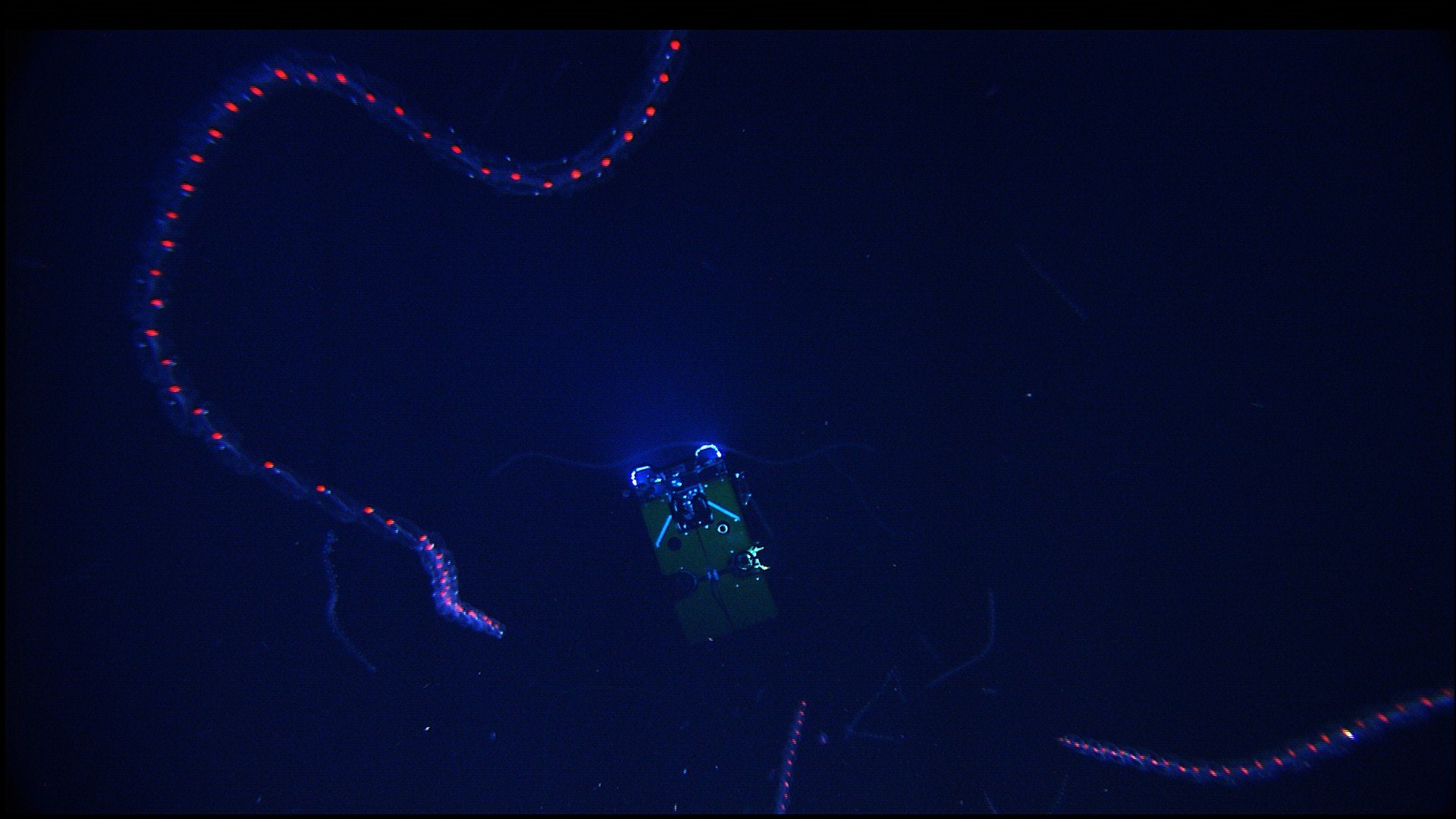|
Abyla Bicarinata
''Abyla bicarinata'' is a colonial siphonophore in the family Abylidae The Abylidae are a family of marine invertebrates in the order Siphonophorae. They are colonial, but the colonies can superficially resemble jellyfish; although they appear to be a single organism, each specimen is actually a colony of Siphon .... It was described in 1925. Description A wide anterior nectophore with side ridges creates a wing like appearance and providing wing functions. They are also have rounded edges of facets. There is no transverse ridge between the ventral and apico-ventral facets. On the posterior side the nectophore is both the same width and length reinforcing the round and wing shape. They have combs that contain between 4 and 7 strong ostial teeth. Distribution The species has been found off the southeast coast of Hawaii at depths below 1000 m during the summer months. It was also spotted off the coast of California at 200 m. Individuals were found in the South China Sea duri ... [...More Info...] [...Related Items...] OR: [Wikipedia] [Google] [Baidu] |
Siphonophore
Siphonophorae (from Greek ''siphōn'' 'tube' + ''pherein'' 'to bear') is an order within Hydrozoa, which is a class of marine organisms within the phylum Cnidaria. According to the World Register of Marine Species, the order contains 175 species thus far. Although a siphonophore may appear to be an individual organism, each specimen is in fact a colonial organism composed of medusoid and polypoid zooids that are morphologically and functionally specialized. Zooids are multicellular units that develop from a single fertilized egg and combine to create functional colonies able to reproduce, digest, float, maintain body positioning, and use jet propulsion to move. Most colonies are long, thin, transparent floaters living in the pelagic zone. Like other hydrozoans, some siphonophores emit light to attract and attack prey. While many sea animals produce blue and green bioluminescence, a siphonophore in the genus '' Erenna'' was only the second life form found to produce a red ligh ... [...More Info...] [...Related Items...] OR: [Wikipedia] [Google] [Baidu] |
Abylidae
The Abylidae are a family of marine invertebrates in the order Siphonophorae. They are colonial, but the colonies can superficially resemble jellyfish; although they appear to be a single organism, each specimen is actually a colony of Siphonophora. It contains the following taxa: * Subfamily Abylinae L. Agassiz, 1862 ** Genus '' Abyla'' Quoy & Gaimard, 1827 *** '' Abyla bicarinata'' Moser, 1925 *** '' Abyla haeckeli'' Lens & van Reimsdijk, 1908 *** '' Abyla trigona'' Quoy & Gaimard, 1827 ** Genus '' Ceratocymba'' Chun, 1888 *** '' Ceratocymba dentata'' (Bigelow, 1918) *** '' Ceratocymba leuckarti'' (Huxley, 1859) *** '' Ceratocymba sagittata'' Quoy & Gaimard, 1827 * Subfamily Abylopsinae Totton, 1954 ** Genus ''Abylopsis'' Chun, 1888 *** ''Abylopsis eschscholtzi ''Abylopsis'' is a siphonophore genus in the Abylidae. The genus contains bioluminescent Bioluminescence is the production and emission of light by living organisms. It is a form of chemiluminescence. Bi ... [...More Info...] [...Related Items...] OR: [Wikipedia] [Google] [Baidu] |
Plankton
Plankton are the diverse collection of organisms found in water (or air) that are unable to propel themselves against a current (or wind). The individual organisms constituting plankton are called plankters. In the ocean, they provide a crucial source of food to many small and large aquatic organisms, such as bivalves, fish and whales. Marine plankton include bacteria, archaea, algae, protozoa and drifting or floating animals that inhabit the saltwater of oceans and the brackish waters of estuaries. Freshwater plankton are similar to marine plankton, but are found in the freshwaters of lakes and rivers. Plankton are usually thought of as inhabiting water, but there are also airborne versions, the aeroplankton, that live part of their lives drifting in the atmosphere. These include plant spores, pollen and wind-scattered seeds, as well as microorganisms swept into the air from terrestrial dust storms and oceanic plankton swept into the air by sea spray. Though m ... [...More Info...] [...Related Items...] OR: [Wikipedia] [Google] [Baidu] |
Species Described In 1925
In biology, a species is the basic unit of classification and a taxonomic rank of an organism, as well as a unit of biodiversity. A species is often defined as the largest group of organisms in which any two individuals of the appropriate sexes or mating types can produce fertile offspring, typically by sexual reproduction. Other ways of defining species include their karyotype, DNA sequence, morphology, behaviour or ecological niche. In addition, paleontologists use the concept of the chronospecies since fossil reproduction cannot be examined. The most recent rigorous estimate for the total number of species of eukaryotes is between 8 and 8.7 million. However, only about 14% of these had been described by 2011. All species (except viruses) are given a two-part name, a "binomial". The first part of a binomial is the genus to which the species belongs. The second part is called the specific name or the specific epithet (in botanical nomenclature, also sometimes in zoological ... [...More Info...] [...Related Items...] OR: [Wikipedia] [Google] [Baidu] |


